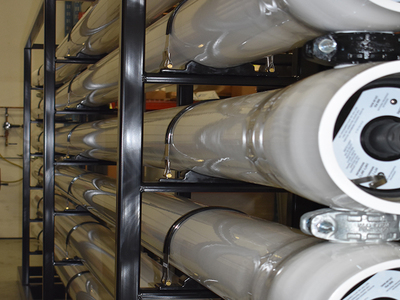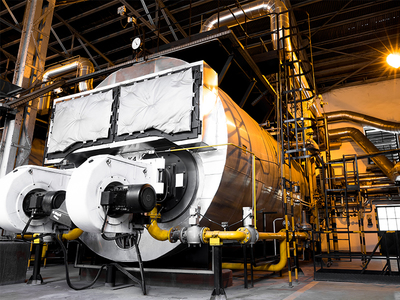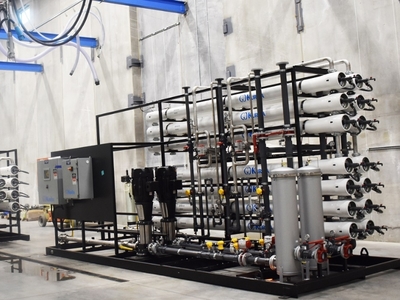Boiler Feedwater: Why Reverse Osmosis is the Smart Choice for Modern Steam Systems
A thin layer of scale can reduce heat transfer efficiency by up to 10%, increasing fuel consumption and the produced greenhouse gas emissions. Descaling a boiler and implementing a regular boiler treatment program will help keep the boiler system running, but you should take it a step back, starting with the water supplying the boiler. Boiler feedwater is as important as the water in the boiler itself, so it may [...]












